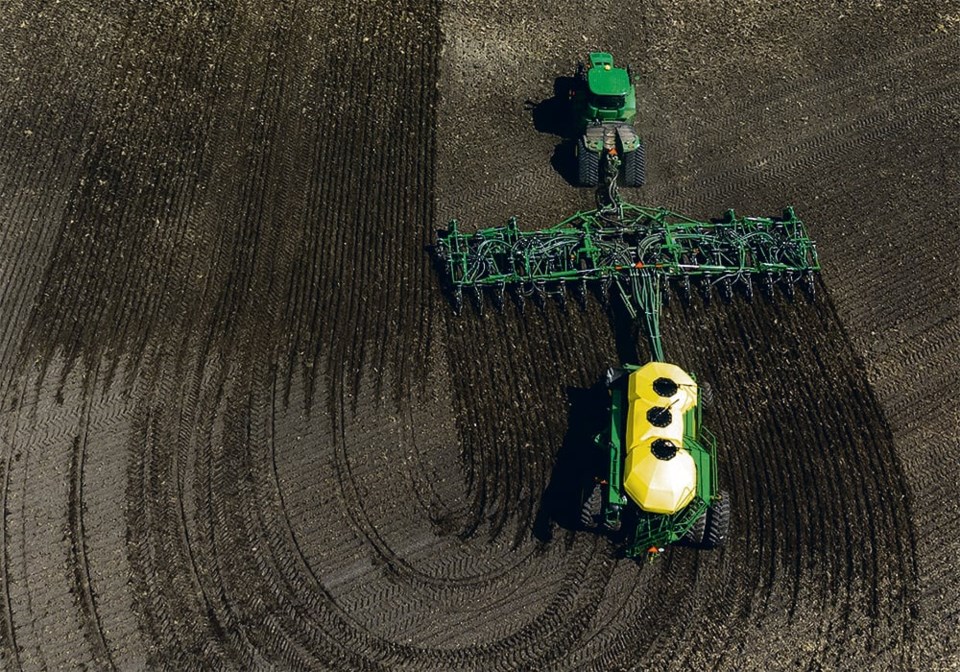WESTERN PRODUCER — Statistics Canada is coming under heavy criticism for its new methodology of gauging farmers’ seeding intentions.
The agency surveyed 9,500 farmers between Dec. 12, 2022, and Jan. 14, 2023.
“This was the first time seeding intentions were collected in December. Traditionally, seeding intentions have been collected in March,” it said in the April 26 report.
“This change is part of the ongoing AgZero initiative within the Agriculture Division at Statistics Canada, which aims to assess the feasibility of using alternative methods to produce quality estimates.”
Chuck Penner, an analyst with LeftField Commodity Research, tweeted that in its zeal to remove the “survey burden” from farmers, Statistics Canada is also removing the “usefulness burden” of the information.
He noted the survey was conducted before 2023 crop insurance coverage levels were set.
Penner also tweeted out a chart showing how prices of the various crops prairie farmers grow have trended up, down or sideways since the survey was conducted.
“A lot of water under the bridge since then,” he said.
He thinks Statistics Canada’s barley number is too low, and that the crop may gain ground at the expense of oats. Penner also believes there could be a reduction in its pea estimate due to slumping yellow pea prices.
Penner wasn’t the only analyst questioning the new approach.
“StatCan report provides little insight on seeding intentions using four-month-old data,” Rayglen Commodities tweeted.
“Markets have changed considerably since December and many seeding plans were just starting to formulate at that time. Please provide the industry with some real-time information.”
DTN analyst Cliff Jamieson tweeted that he “totally agrees” with that assessment.
“Also, note the number of producers surveyed is 9,500 as compared to the 11,500 surveyed in recent years,” he said.
Statistics Canada said it could not comment on this story in time because of the Public Service Alliance of Canada strike.
Rejeana Gvillo, senior commodity analyst for Farmers Business Network (FBN), said it is reasonable to assume that farmers may have changed their minds since they spoke to Statistics Canada in December.
“I think we will have some adjustments, perhaps even larger than what we normally would,” she said.
FBN conducted its survey of 420 of its Canadian farmer members between late March and April 18, and there were notable differences to Statistics Canada’s findings.
For most crops there was agreement on the direction but not on the magnitude of change.
For instance, the FBN survey indicated farmers would plant 7.6 million acres of barley, up from seven million tonnes last year, while Statistics Canada’s increase was more conservative at 7.1 million tonnes.
“If that number gets revised it will be to the upside,” said Gvillo.
It was the opposite scenario for oats. FBN’s survey suggested farmers will plant 2.4 million acres, down from 3.9 million acres last year. Statistics Canada’s forecast is for 3.1 million acres.
FBN pegged spring wheat plantings at 19.9 million acres, well above Statistics Canada’s already eye-popping 19.4 million acres, which is 7.4 percent higher than last year.
Statistics Canada is forecasting a slight increase in canola plantings to 21.6 million acres, from 21.4 million last year. FBN’s estimate is for a decline to 21.2 million.
Gvillo said it’s probably a coin toss who is right on that one. In fact, it might just stay at last year’s levels.
“I’m not sure that we’re going to get a huge, huge shift in the canola number,” she said.
Statistics Canada is scheduled to release its findings on actual seeded acres on June 28.

